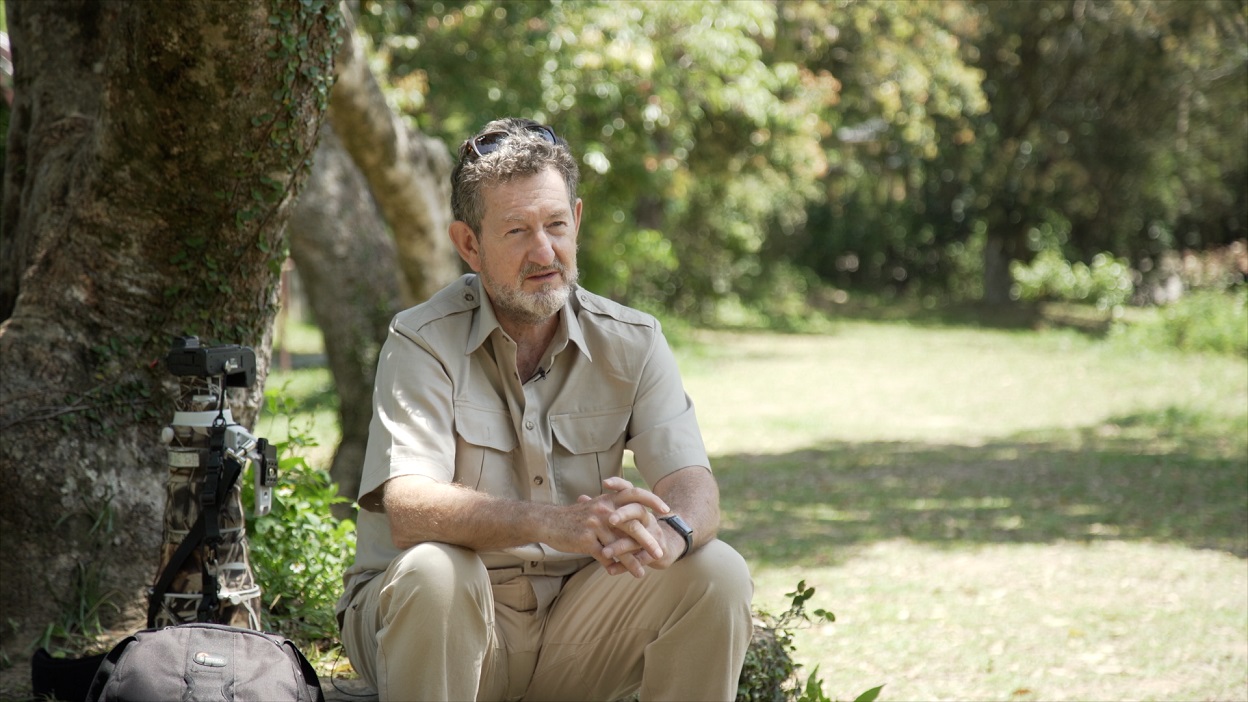“What happens at Tiaozini could determine the spoon-billed sandpiper’s survival. Tiaozini is a critical stop on the spoon-billed sandpiper’s migration route from Myanmar to Siberia and is the most intact wetland ecosystem along the entire western Pacific,” said Greenpeace East Asia campaigner Zhang Jing.
“Over the past five decades, land fill projects have decimated China’s coastal wetlands, but momentum for conservation is growing. Tiaozini could represent a turning point for environmental protection in China.”
Tiaozini is located along the East Asian-Australasian Flyway, one of the nine major routes for migratory birds worldwide. [2] In addition to the spoon-billed sandpiper, it is also home to at least two other IUCN endangered birds.
In 2011, the Jiangsu provincial government initiated a decade-long land reclamation project at Tiaozini. In 2013, the government dropped the area’s designation as a nature reserve, allowing development to take place.
During the first phase of the project, completed in 2014, 6,750 hectares of land was reclaimed. However, Greenpeace research shows that less than two thirds of land reclaimed during the first phase of the project was in use as of June 2017. Before 2020, another 59,950 hectares are planned to be reclaimed at Tiaozini and nearby — a total area that amounts to more than ten times the size of Manhattan.
Greenpeace found that only 10.24% of the Tiaozini land fill project will be kept as ecological areas if development goes ahead as planned, a clear violation of a province-level regulation stipulating that 20% of the project area must remain as an ecological space. [3]
In February 2017, the State Council mandated that Jiangsu and 13 provinces draw up “ecological red lines” by Jan. 1, 2018. [4] Areas within the red lines are designated for protection. Tiaozini is not currently included in Jiangsu’s draft ecological red lines.
Between 1950 and 2000, 53% of the country’s temperate coastal wetlands were lost, along with 73% of mangrove forests and 80% of coral reefs. [5] Land fill is the primary factor behind this destruction. [6] Since 2006, an average of 13,000 hectares of land fill has been added to China’s coast each year. [7]
Greenpeace calls on the Jiangsu provincial government to include Tiaozini within the province’s ecological red lines. No construction or land fill should be permitted within the red lines.
“The spoon-billed sandpiper’s habitat must be included within Jiangsu’s ecological red lines. This is a natural resource that the world can’t afford to lose,” said Zhang.
Media briefing available here [in EN]. Full report available here [in CH].
Notes to editors:
[1] Clark N A, Anderson G Q A, Li J, et al. First formal estimate of the world population of the Critically Endangered spoon-billed sandpiper Calidris pygmaea. Oryx, 2016: 1-10.
[2] http://www.eaaflyway.net/about/the-flyway/
[3] Outline for the Development and Utilization of Mudflat Reclamation in Jiangsu
[4] http://news.xinhuanet.com/politics/2017-02/07/c_1120426350.htm
[5] http://www.paulsoninstitute.org/wp-content/uploads/2016/08/Wetland-Report-CN-final.pdf
[6] State Forestry Administration. China Wetland Resources (master volume). China Forestry Publishing House, 2015:138.
[7] https://www.caixinglobal.com/2017-10-29/101162695.html
Media contacts:
Erin Newport, International Communications Officer
Greenpeace East Asia, Beijing | +86 18301149704 | [email protected]
Greenpeace International Press Desk, [email protected], phone: +31 (0) 20 718 2470 (available 24 hours)



